Takom 1/32 Horten Go-229A with Seated Pilot # 32001
The Horten Ho 229A was a proposed variant of the revolutionary Horten Ho 229, a German jet-powered flying wing aircraft developed during World War II.
The "A" designation was intended for a production version optimized for operational use, building on the prototype models developed by the Horten brothers, Reimar and Walter Horten.
Design and Features:
Flying Wing Configuration: Like its predecessors, the Ho 229A maintained the sleek, tailless flying wing design, which minimized drag and enhanced aerodynamic efficiency. This design also contributed to its reduced radar cross-section, aligning with early stealth principles.
Enhanced Jet Propulsion: The Ho 229A was to be powered by twin Junkers Jumo 004B turbojet engines, providing it with exceptional speed and performance for its time. This made it capable of reaching speeds over 600 km/h (373 mph).
Armament: The production model was planned to be equipped with two 30 mm MK 108 cannons, offering significant firepower for air-to-air combat and ground attack missions. There were also considerations for carrying bombs, making it a versatile fighter-bomber.
Stealth and Radar Evasion: The wooden construction of key airframe components and the overall shape were designed to minimize radar detection, giving the Ho 229A stealth-like qualities decades ahead of its time.
Operational Role: The Ho 229A was envisioned as a high-speed interceptor and potentially a ground-attack aircraft, capable of countering Allied bombers and fighters. Its advanced design would have made it a formidable asset in Luftwaffe operations had it reached production.
Development and Status:
While the Ho 229A was intended as a production-ready model, the project was halted due to the end of World War II.
The captured prototypes and plans became subjects of study by Allied forces, particularly the United States.
The aircraft's innovative design influenced post-war aviation and inspired the development of modern stealth aircraft.
Legacy:
The Horten Ho 229A remains an iconic example of advanced aeronautical engineering during the war.
Its cutting-edge concepts in aerodynamics and stealth technology laid the groundwork for future developments in military aviation, cementing its place in aviation history.
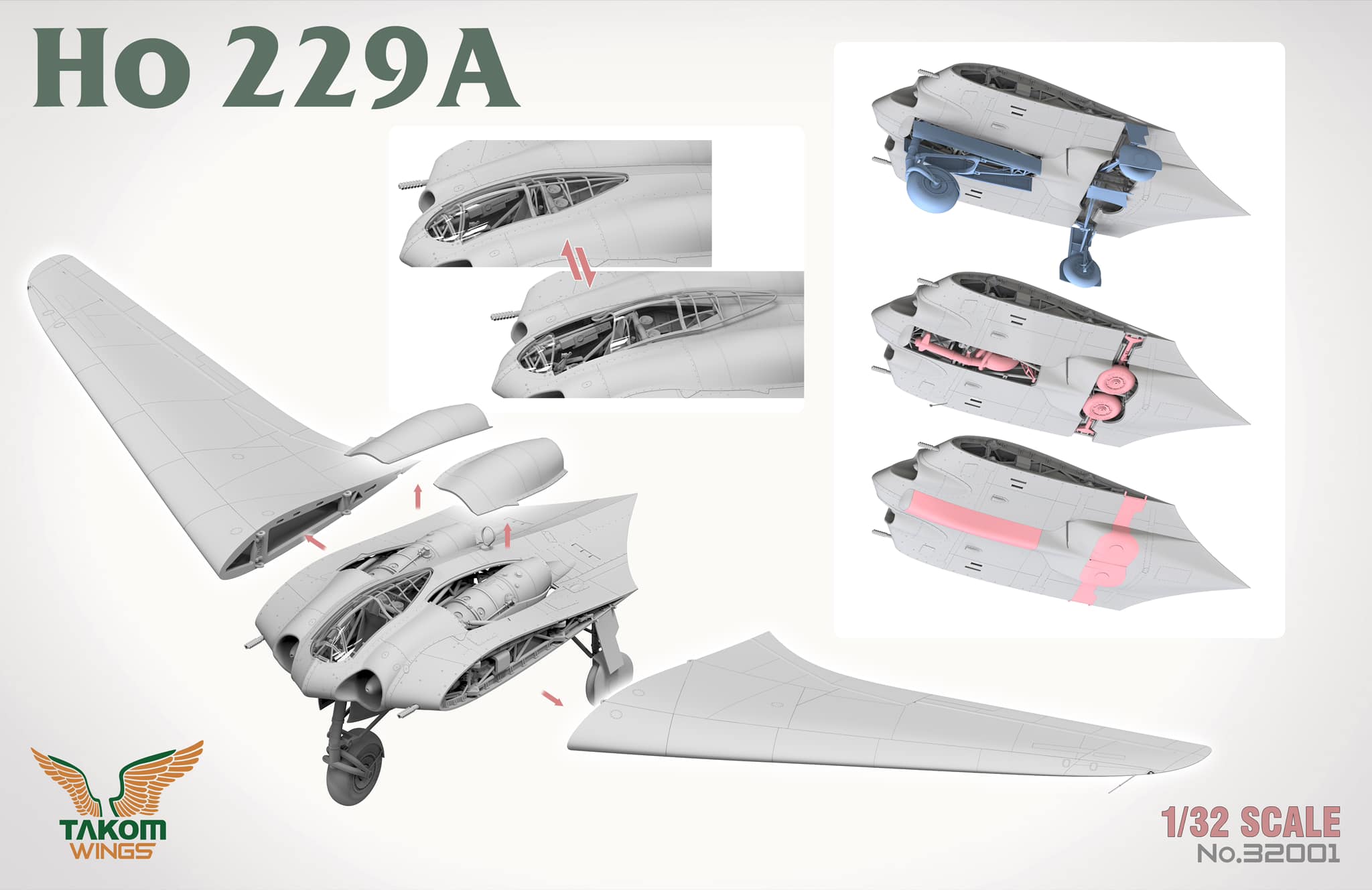

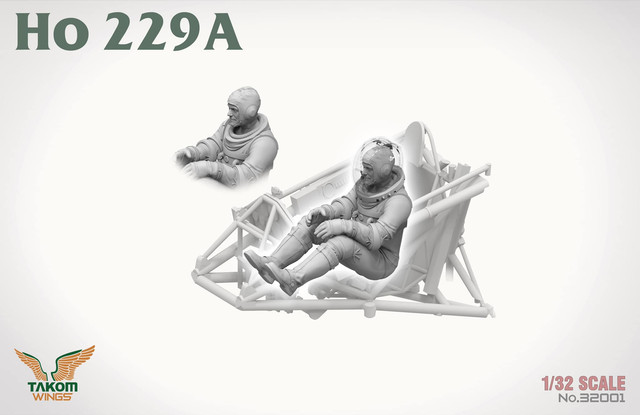









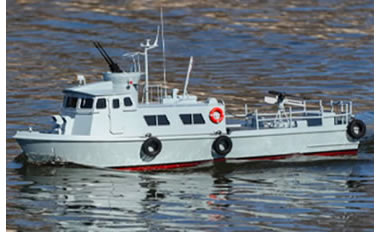
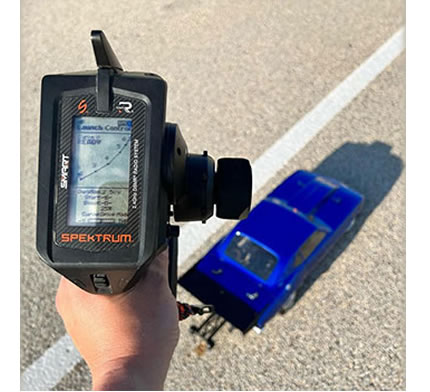
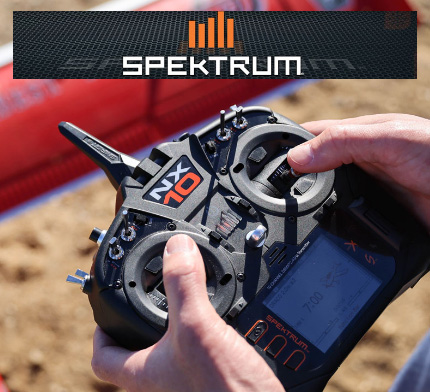






 Spread the cost with Paypal Credit
Spread the cost with Paypal Credit
 Spread the cost with Klarna
Spread the cost with Klarna












